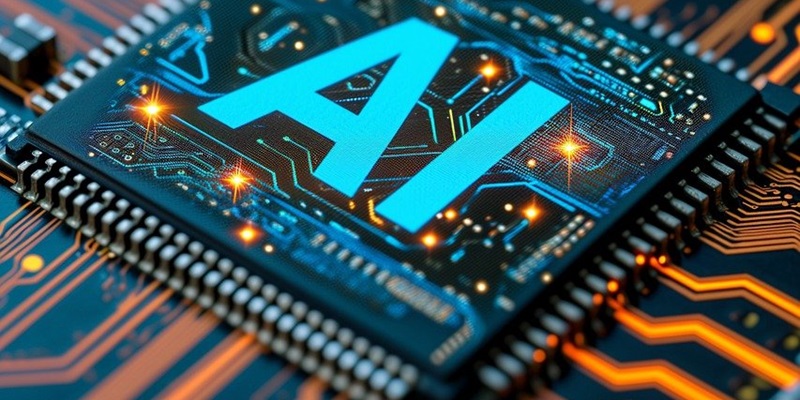SoftBank Group, often synonymous with visionary tech investments, is taking a significant leap into the burgeoning world of artificial intelligence with a $100 billion venture codenamed “Izanagi.” Intended to face off against industry titan Nvidia, the conglomerate’s move signifies a bold strategic pivot. This initiative is not just another addition to its extensive portfolio; it marks SoftBank’s resolve to carve out a competitive niche in the AI chip market, which is rapidly becoming as fundamental to tech as silicon has been to hardware.
The seeds for this massive investment were sown with SoftBank’s gradual disinvestment from Alibaba. The generated capital reflects Masayoshi Son’s belief in the immense potential of artificial intelligence. Additionally, after a considerable loss from the Vision Fund, SoftBank is refocusing its risk appetite toward more concrete technological assets. At the core of this bet is Arm, the chip design powerhouse subsidiary, whose public listing and appreciation attest to the market’s confidence in AI’s hardware future.
The Consortium and Funding Ambitions
SoftBank is embarking on a formidable challenge aimed at raising $100 billion to make significant strides in the AI chip market—a domain largely dominated by Nvidia. The company aims to source a staggering $70 billion from external backers, primarily from the Middle East, and top it with a substantial $30 billion from its own reserves. This strategy is reminiscent of its previous Vision Fund endeavors, which also benefited from major investment from the region.
The firm’s ambitions underline the importance of AI processing capabilities, escalated by the transformative impact of platforms like OpenAI’s ChatGPT. The increasing need for high-performance, specialized AI chips is undeniable, and SoftBank is positioning itself to capitalize on this escalating demand. By investing heavily in AI technology, SoftBank isn’t just eyeing short-term profits but is strategically aiming for long-term influence within the future tech landscape.
The Competitive Landscape and the Nvidia Challenge
SoftBank’s “Izanagi” is entering an arena dominated by Nvidia, whose GPUs are the de facto standard for AI computations. Nvidia’s influence in the market is vast, and its technological prowess is undisputed. To disrupt this stronghold, SoftBank will need to leverage Arm’s expertise in chip design and possibly integrate new technologies that can optimize AI computations more effectively than existing solutions. This includes building chips that are not just powerful but also energy-efficient, an increasingly important factor given the growing scrutiny on the tech industry’s carbon footprint.
SoftBank’s success will hinge on its ability to bring to market a product that not only matches but surpasses Nvidia’s performance metrics. This quest will involve immense R&D investments, adept hiring of top talent in the field, and potentially strategic partnerships with other tech firms. The path ahead for “Izanagi” is fraught with technological and market challenges, but SoftBank appears ready to commit the necessary resources to make a mark in this high-stakes domain.
The Vision and the Potential Impact of “Izanagi”
The decision to earmark $100 billion for the venture is more than a financial strategy; it’s a vision statement. This investment places “Izanagi” among the most ambitious projects in the AI domain, reflective of SoftBank’s goal to transcend its investment firm identity and become synonymous with AI innovation. The potential impact of “Izanagi” extends beyond market dynamics—it represents a transformative shift within SoftBank itself, indicating a profound commitment to shaping technological futures.
If successful, “Izanagi” could not only alter the competitive landscape of the AI chip market but also drive the evolution of the wider AI sector. As AI becomes ever more integrated into every sector, from automotive to healthcare, the influence of a SoftBank-backed chip could be far-reaching. Its success could propel advancements in AI capabilities and accessibility, setting new standards for what technology can achieve. “Izanagi’s” story is just beginning, but its chapters could redefine an industry.

